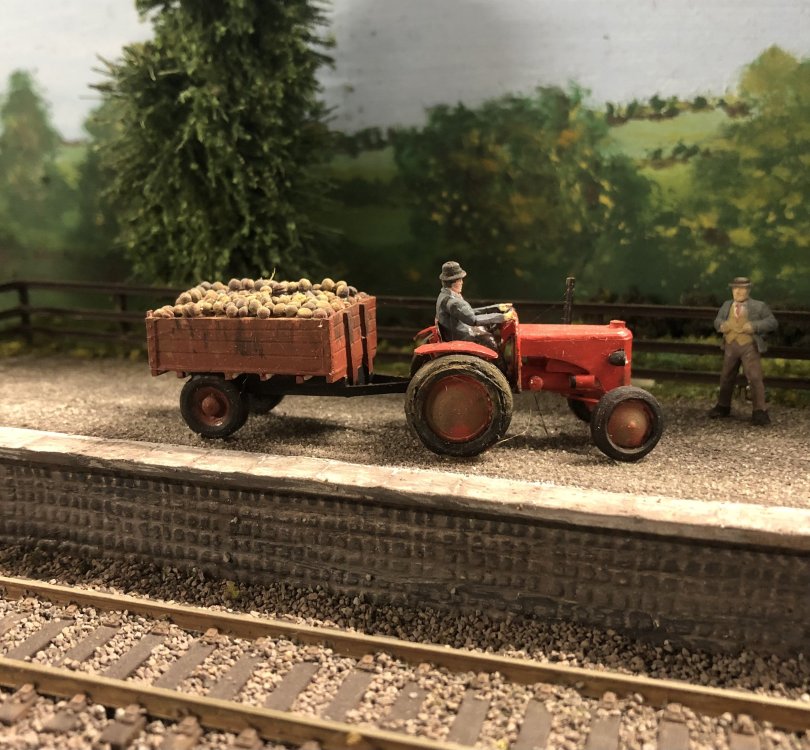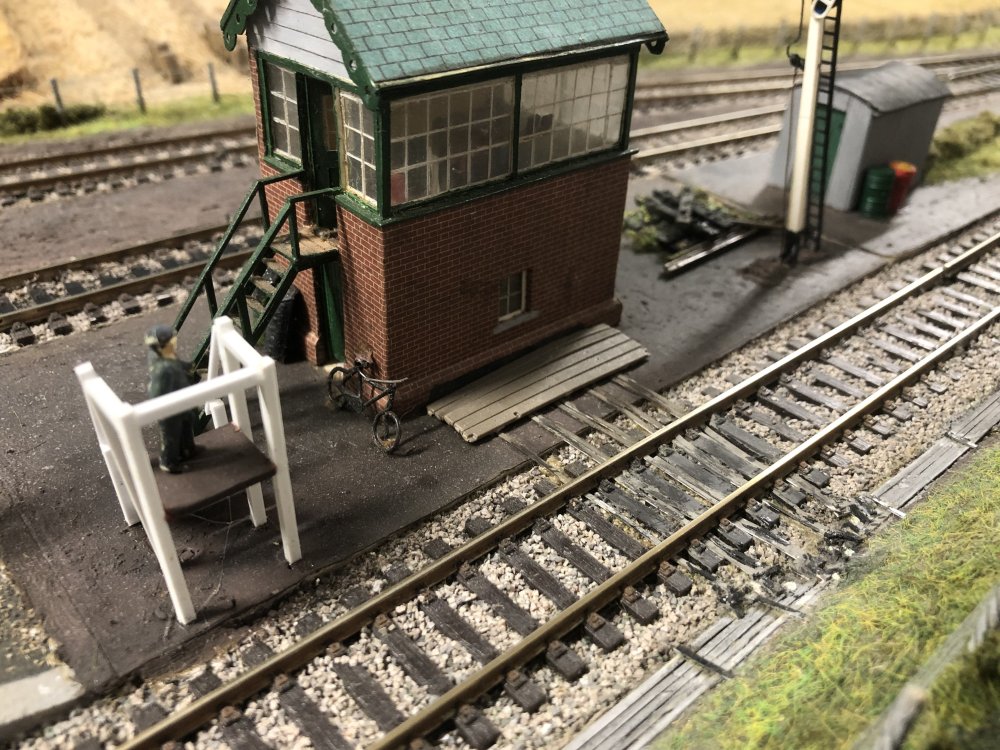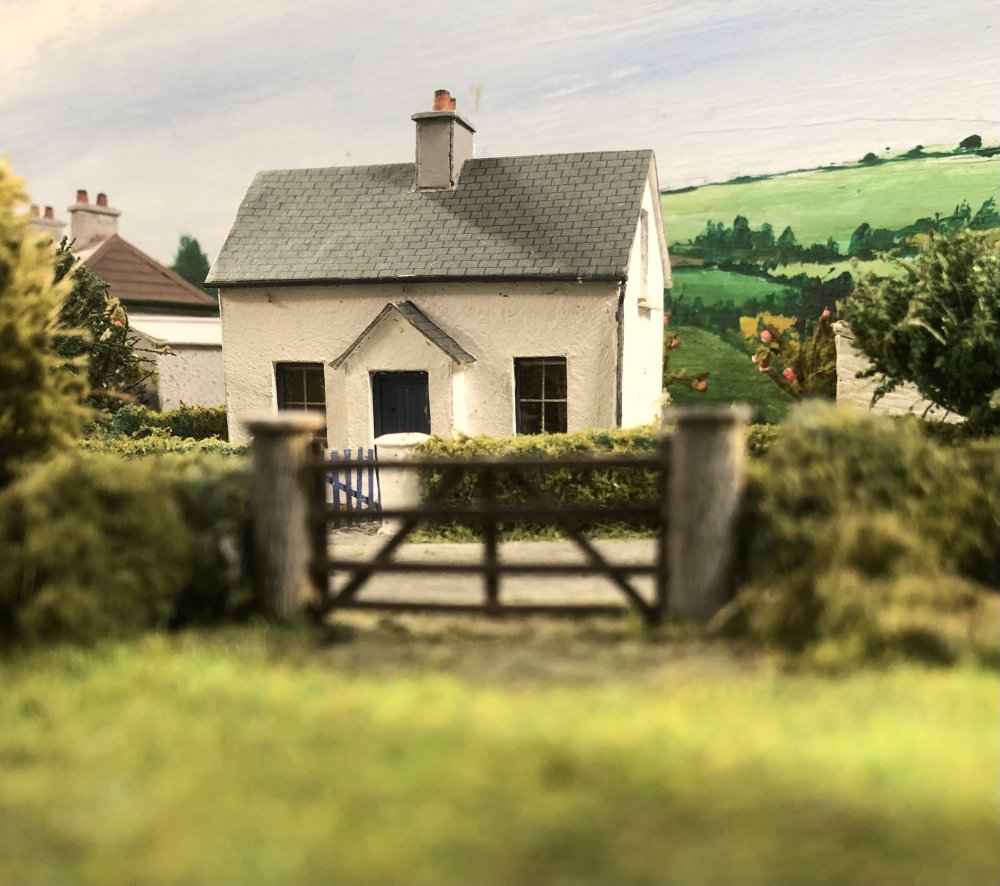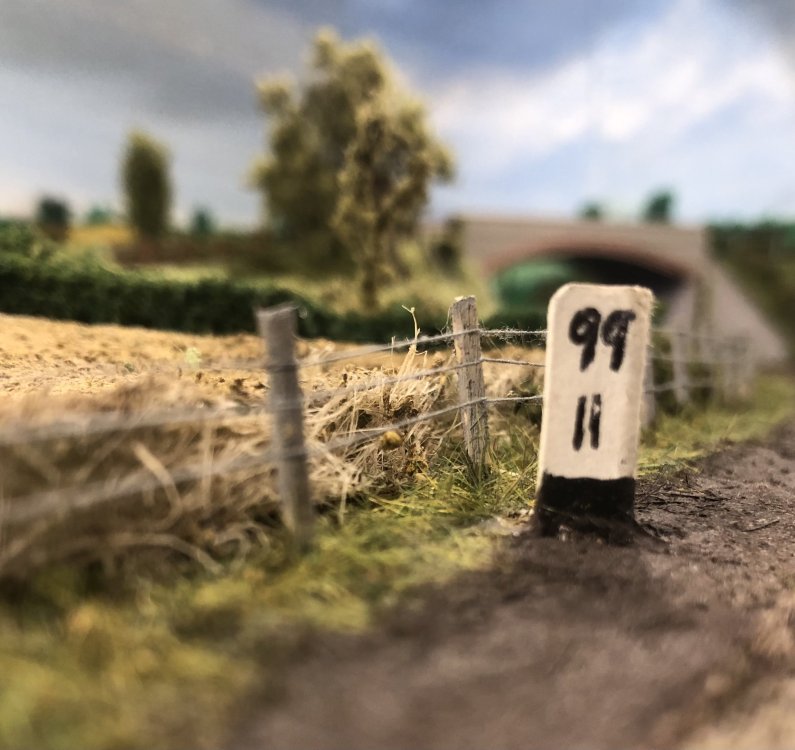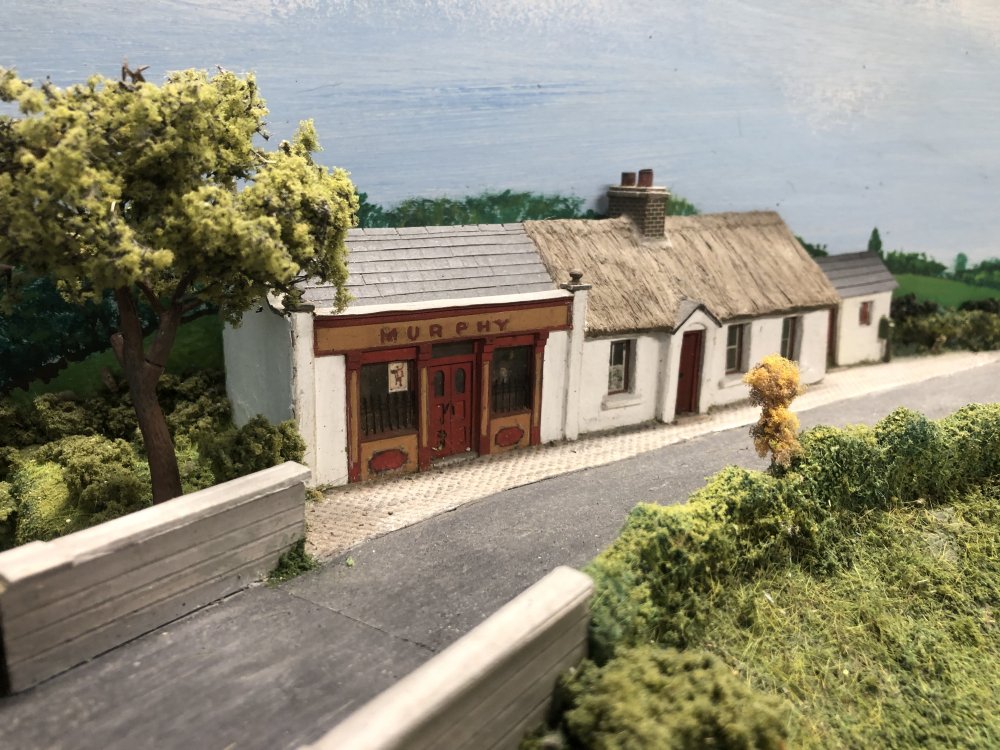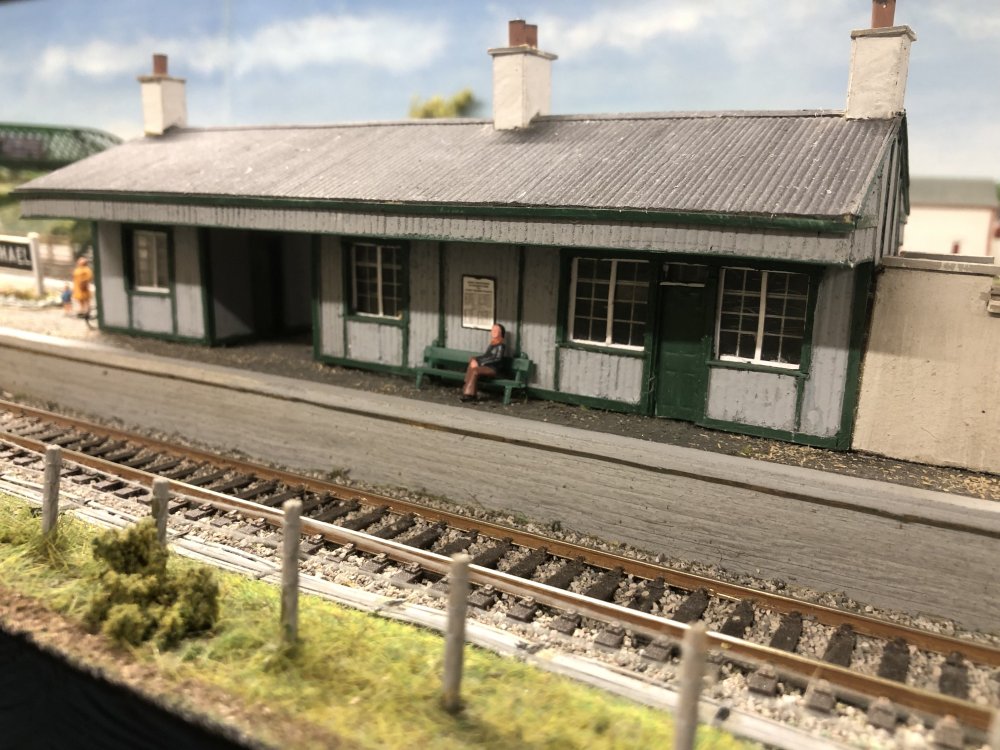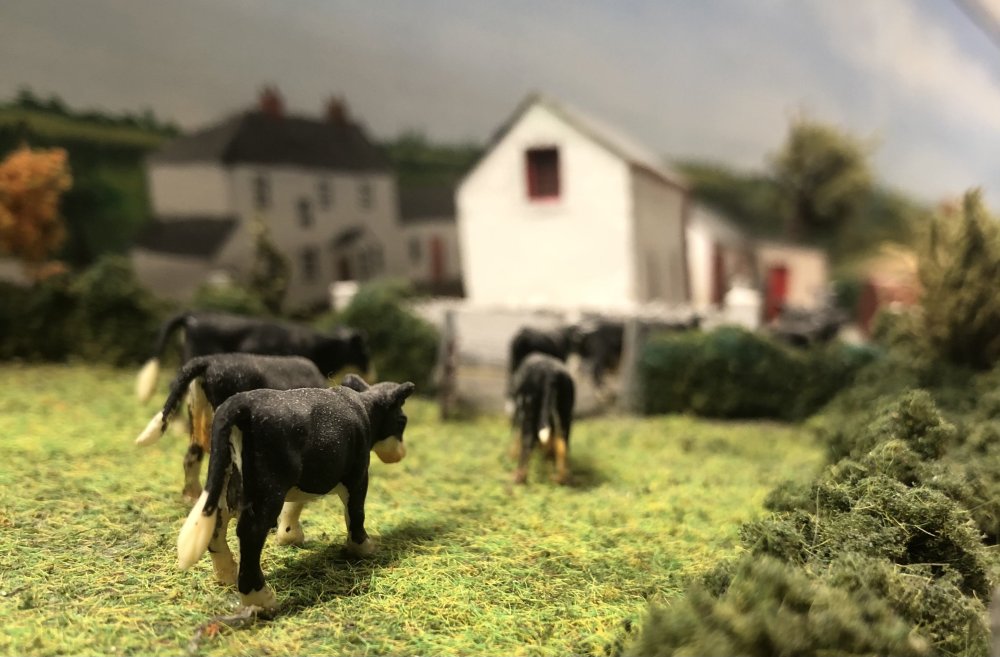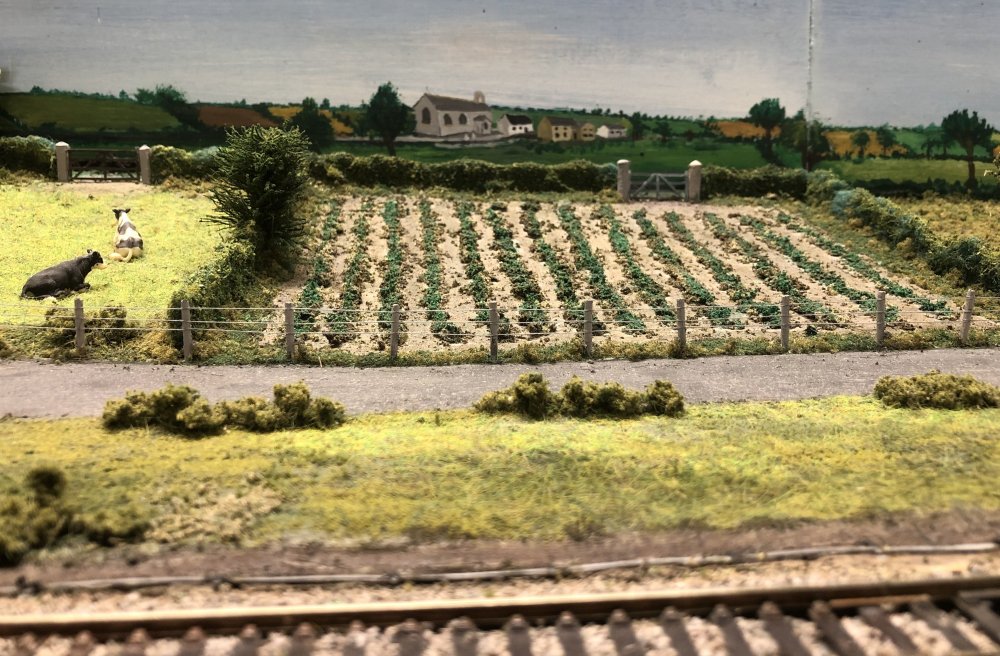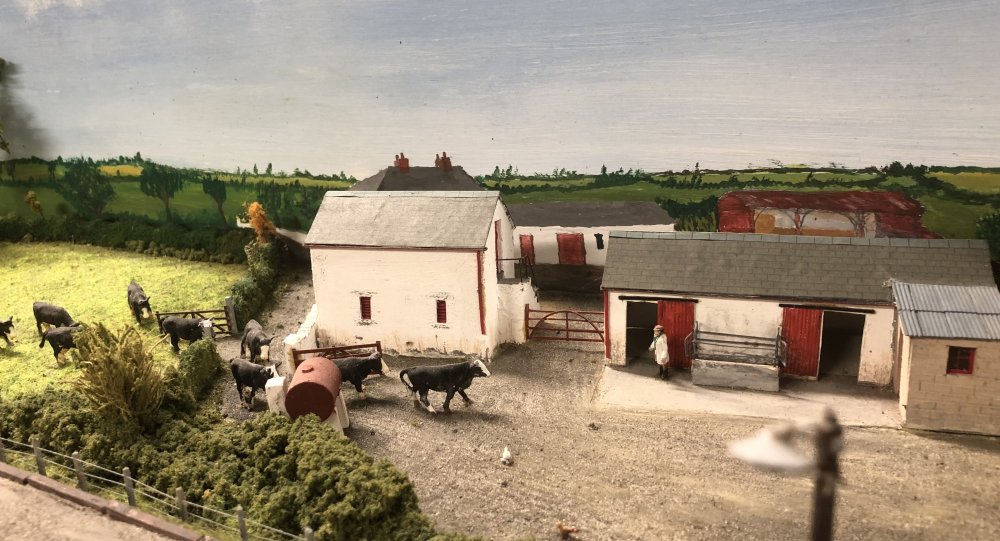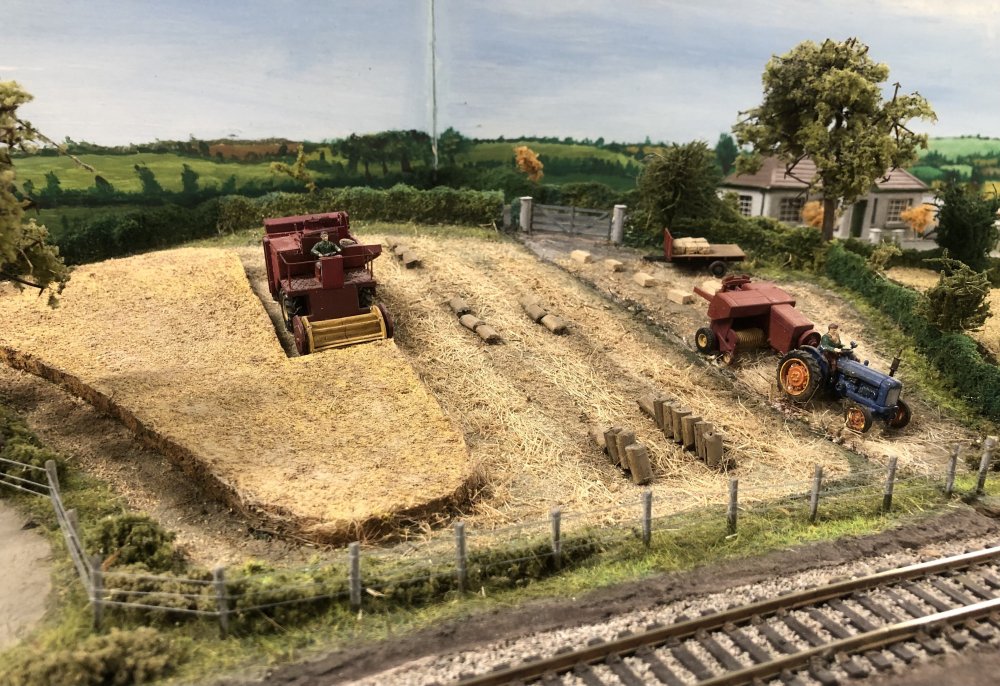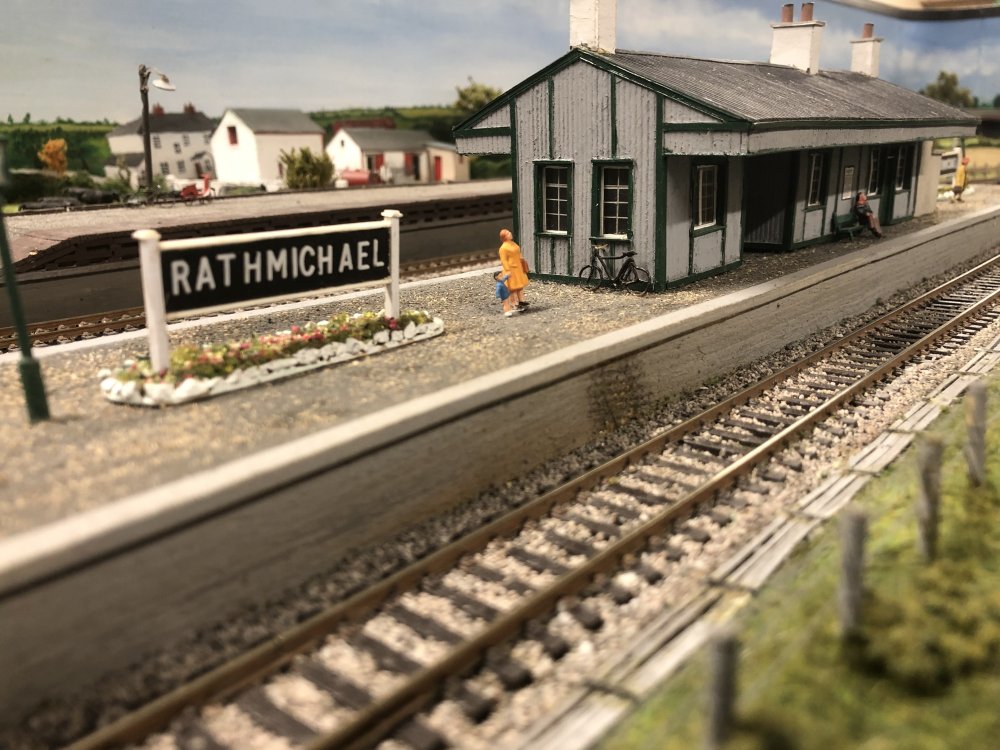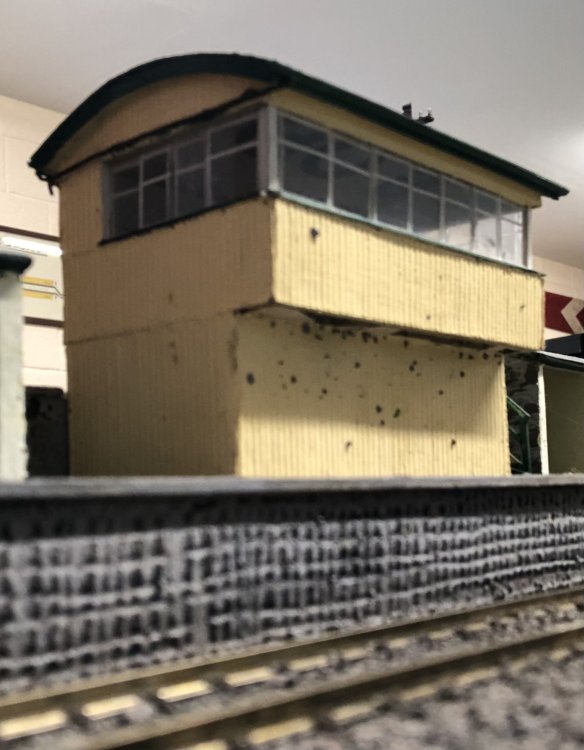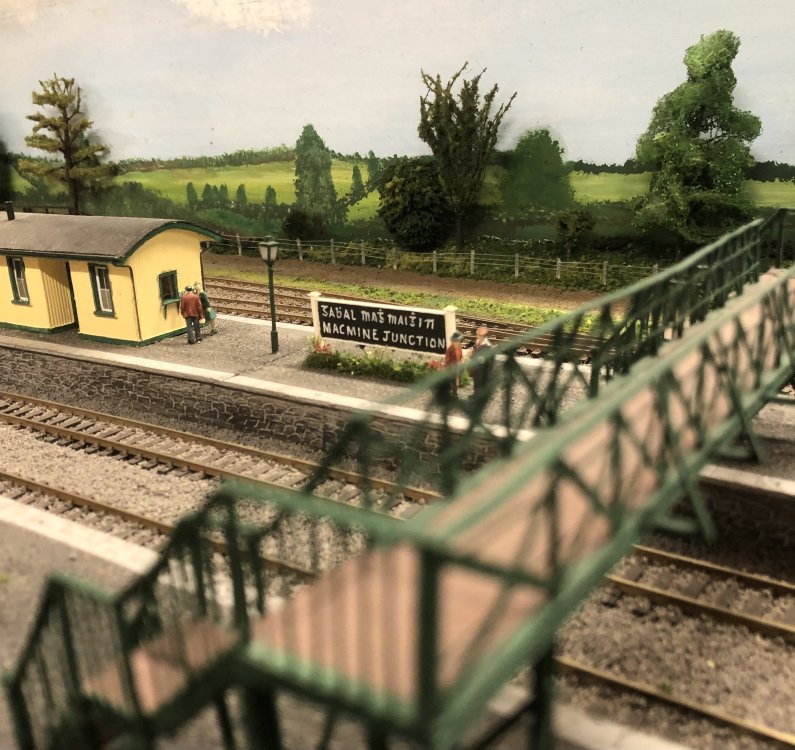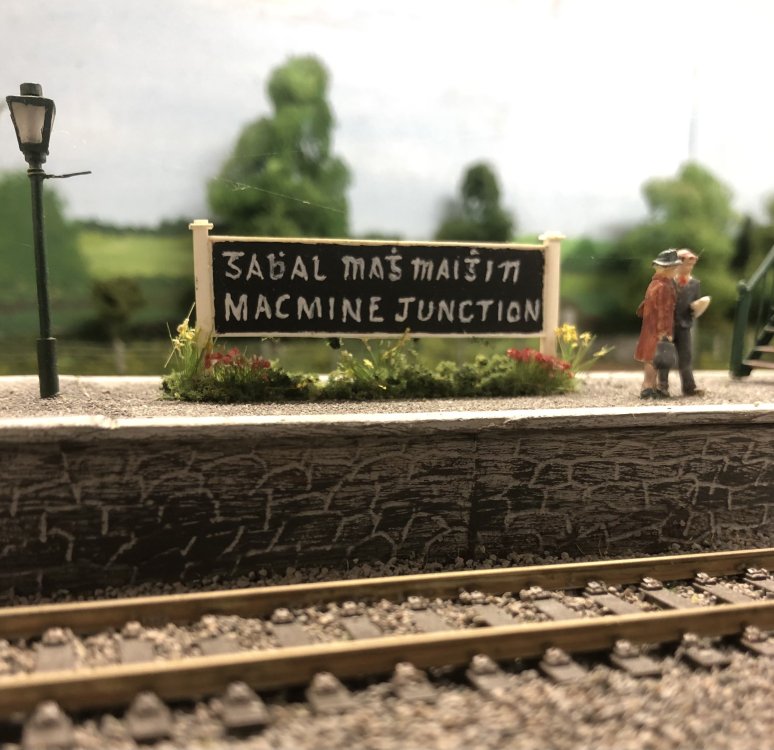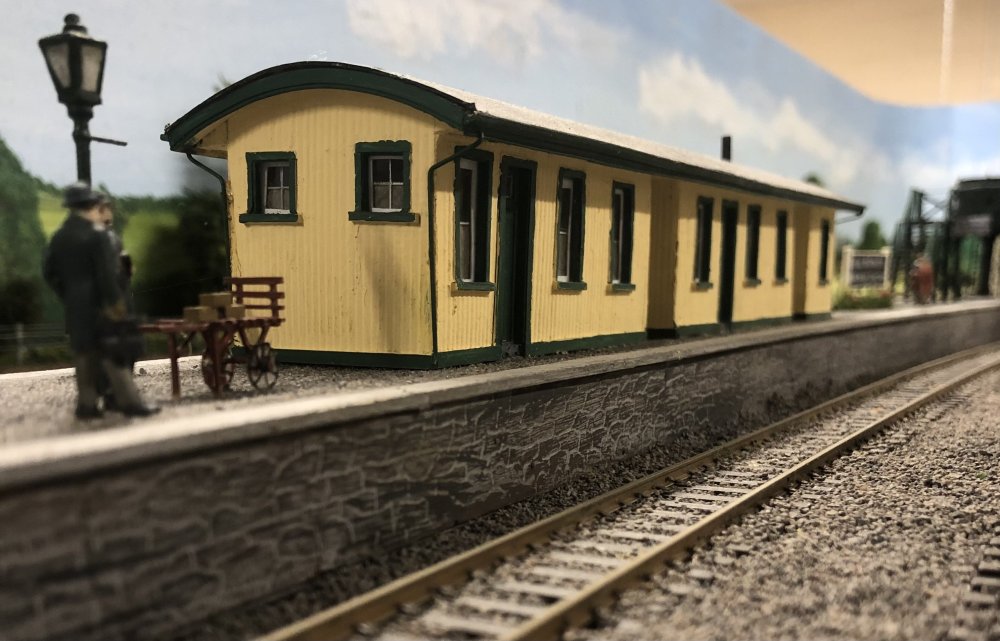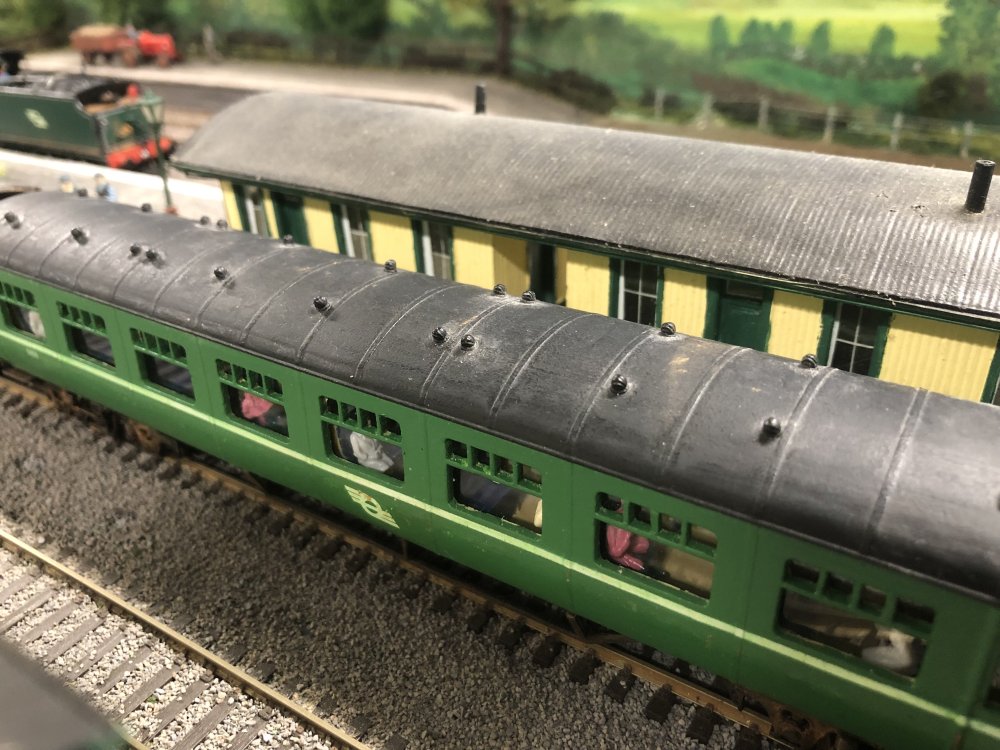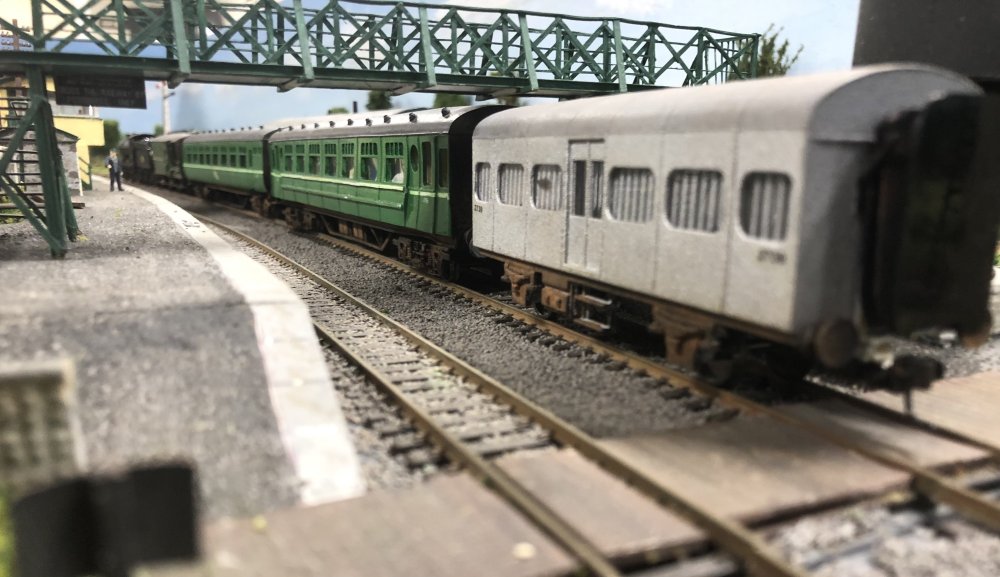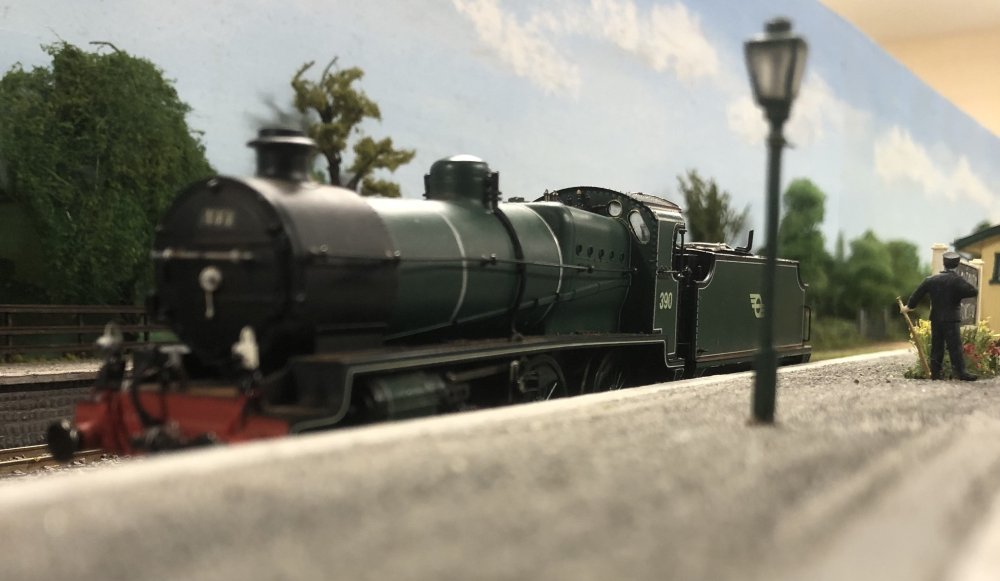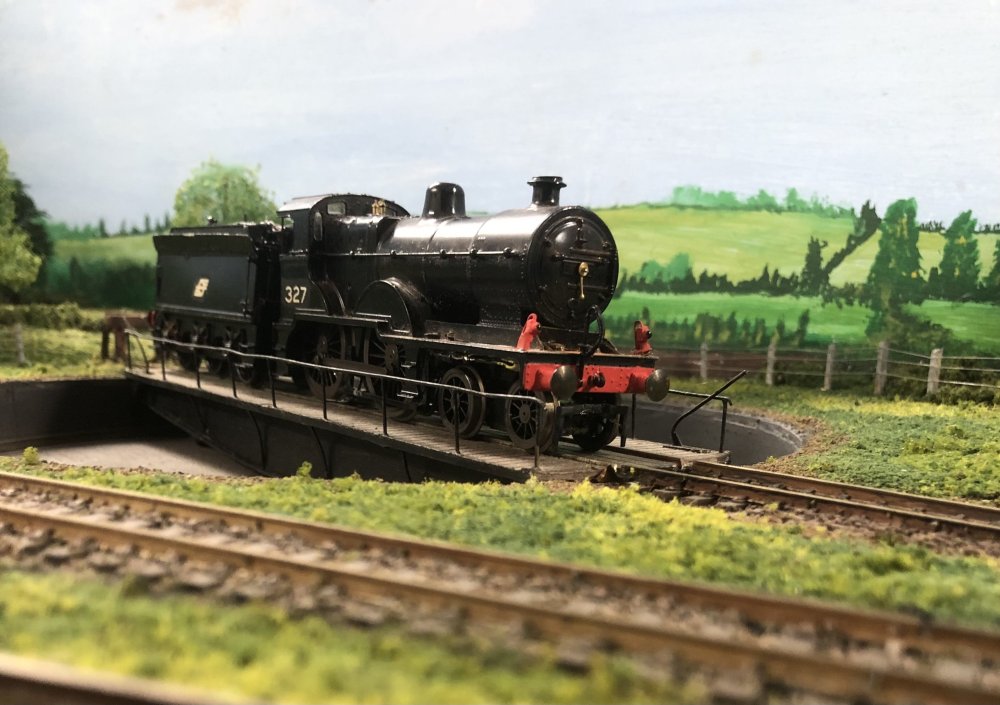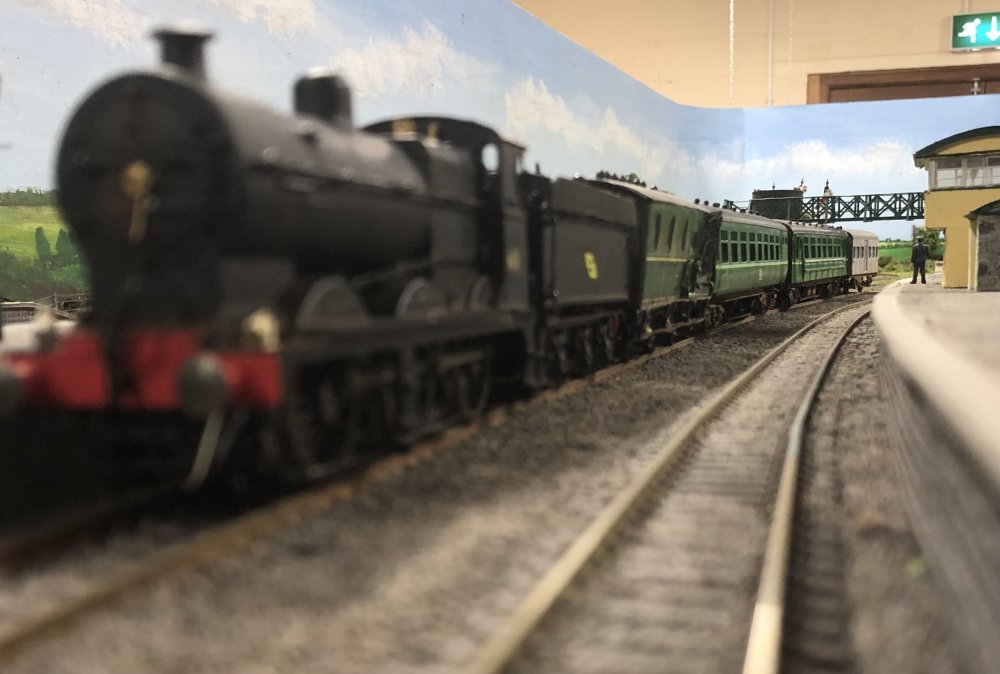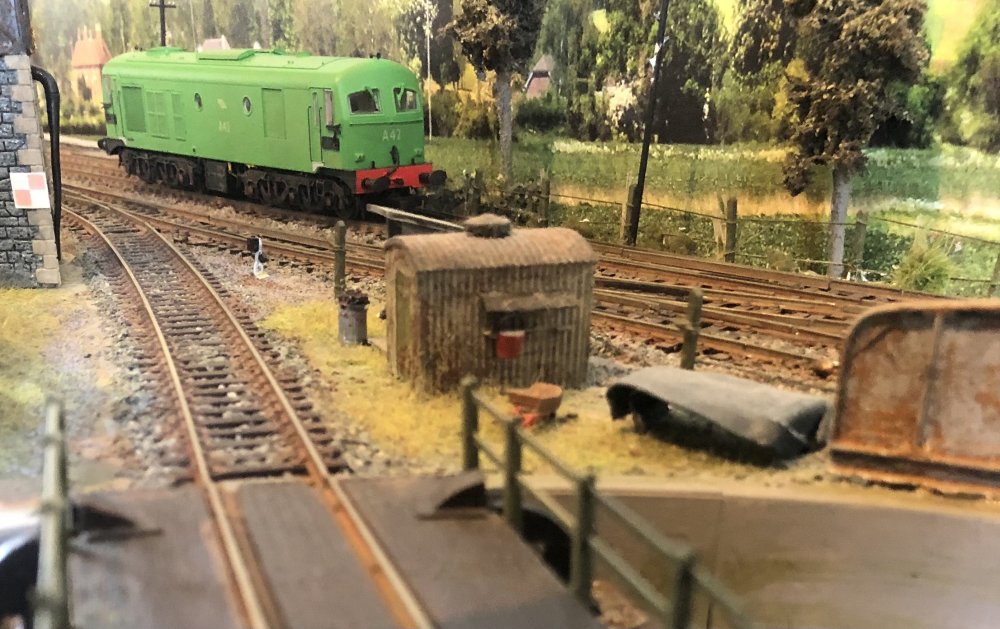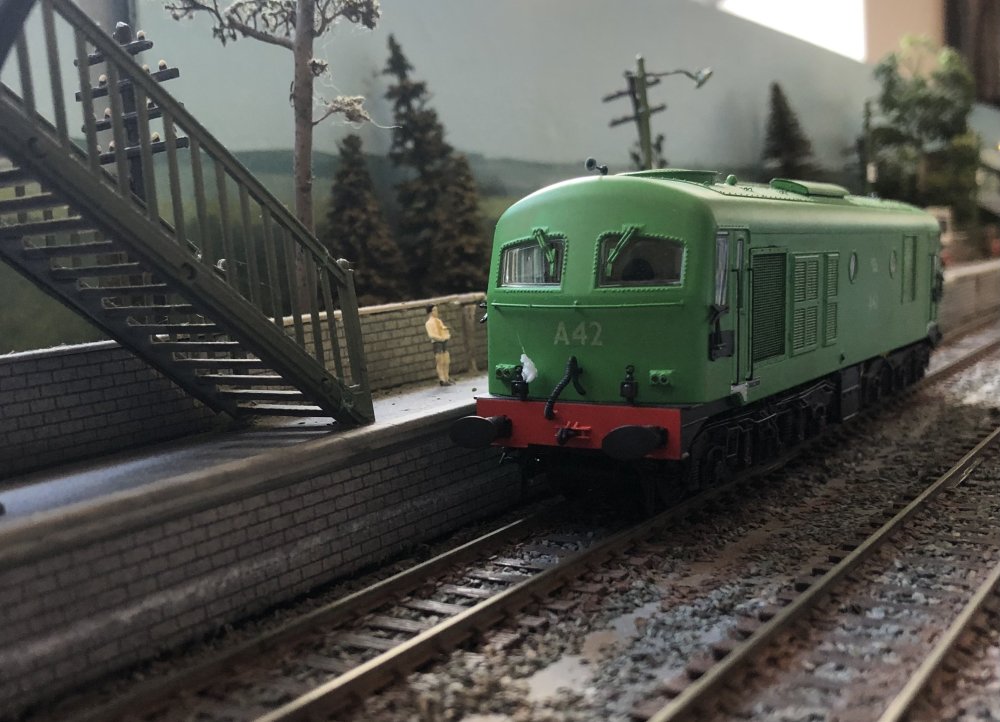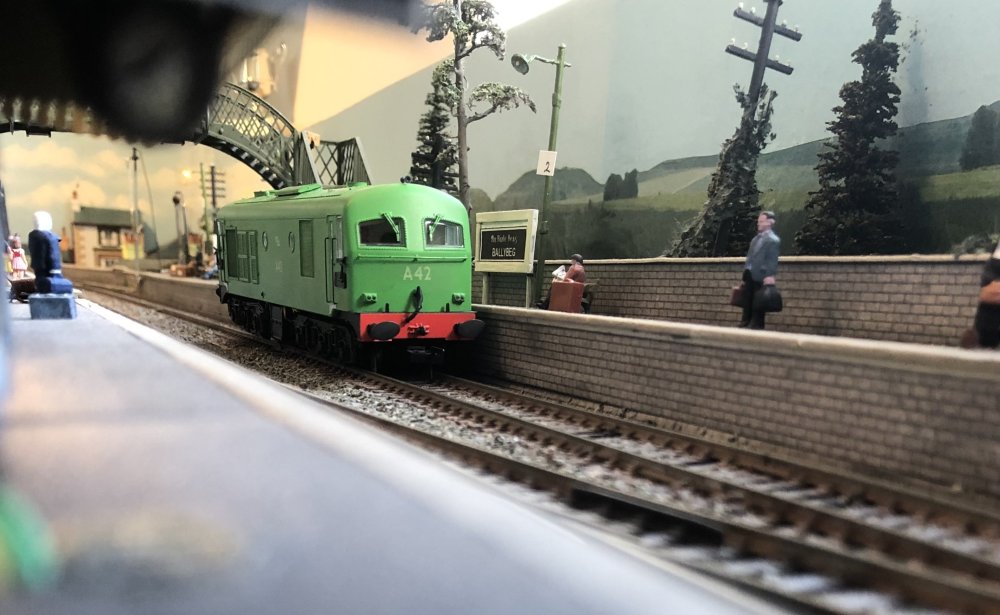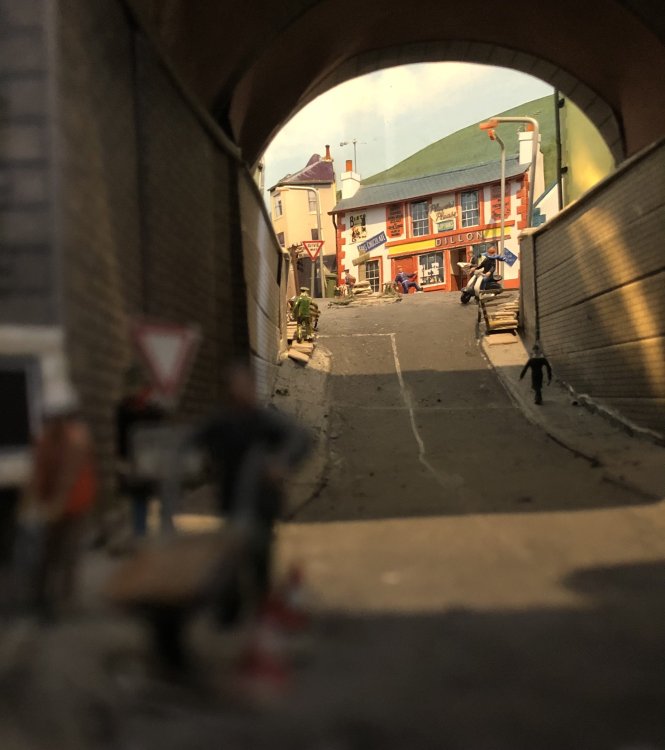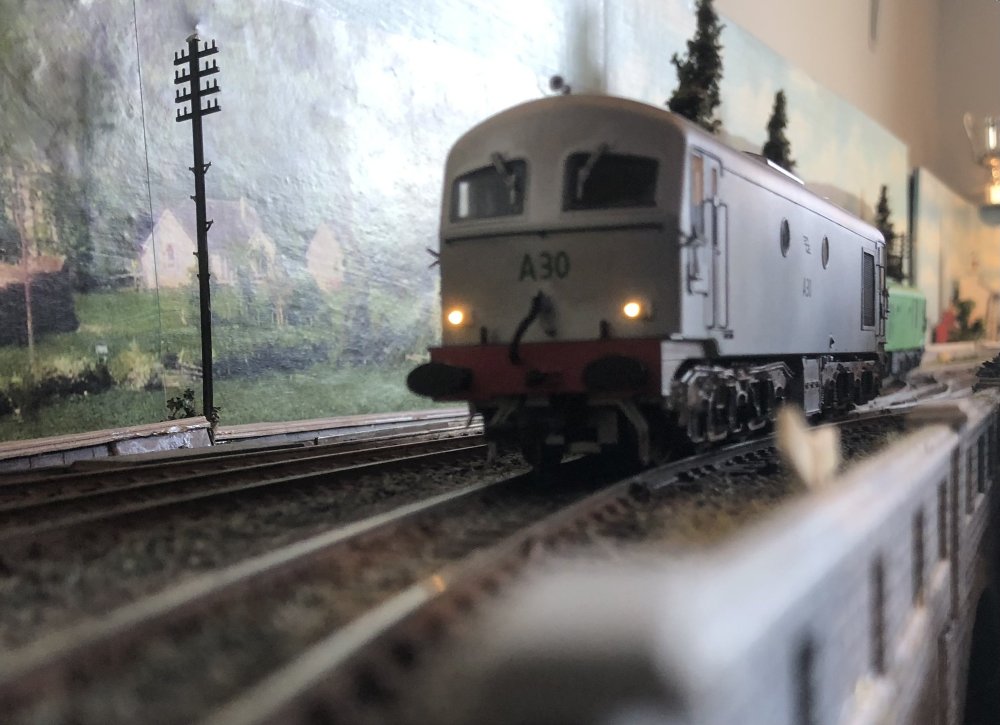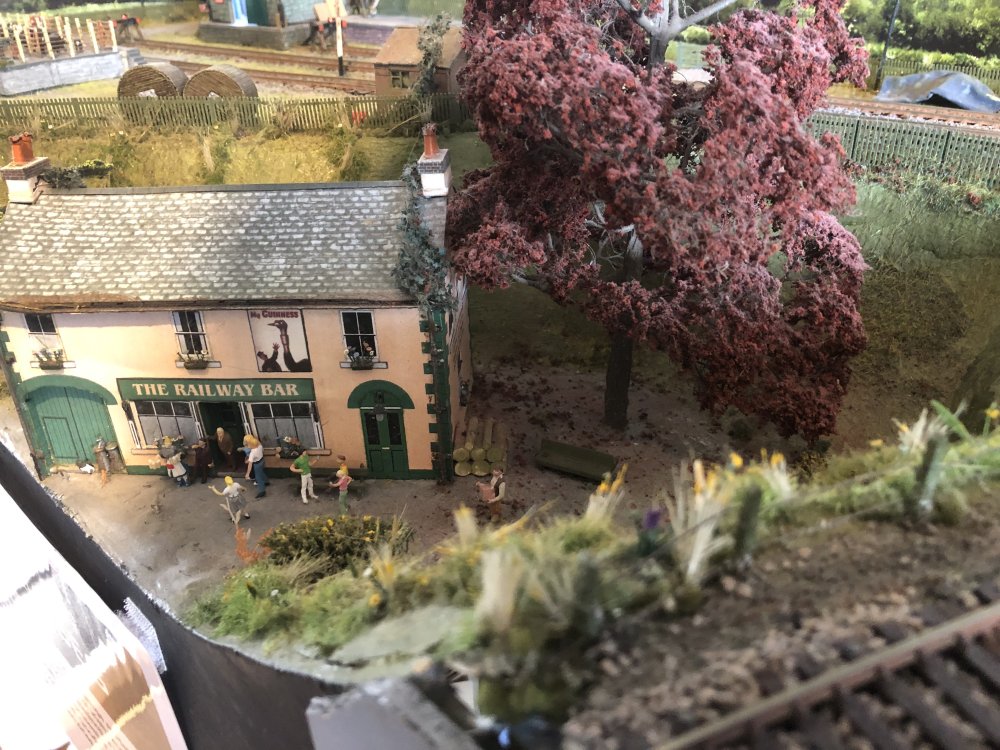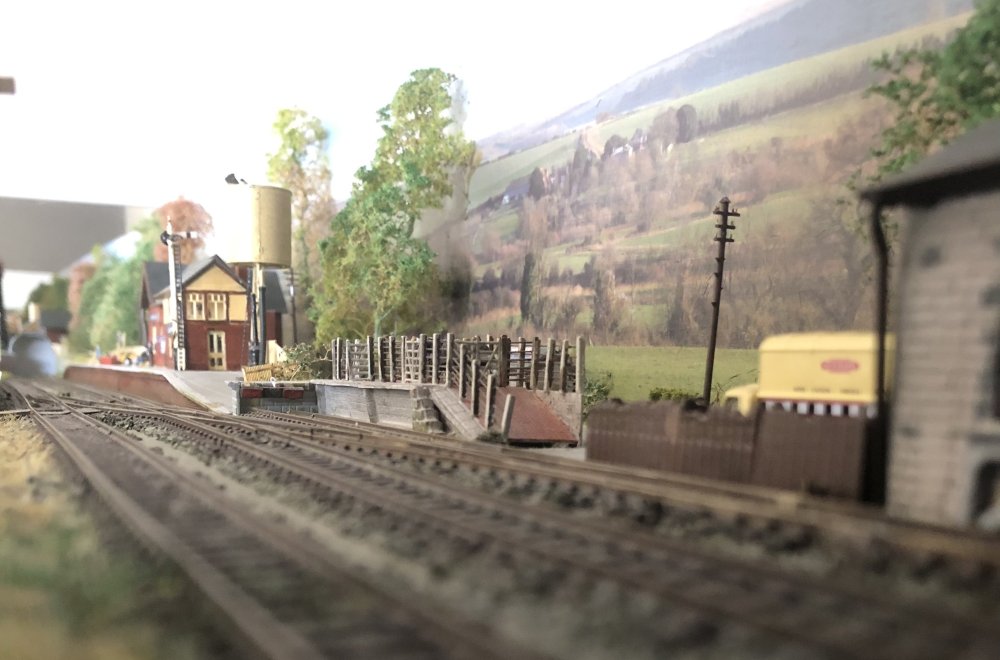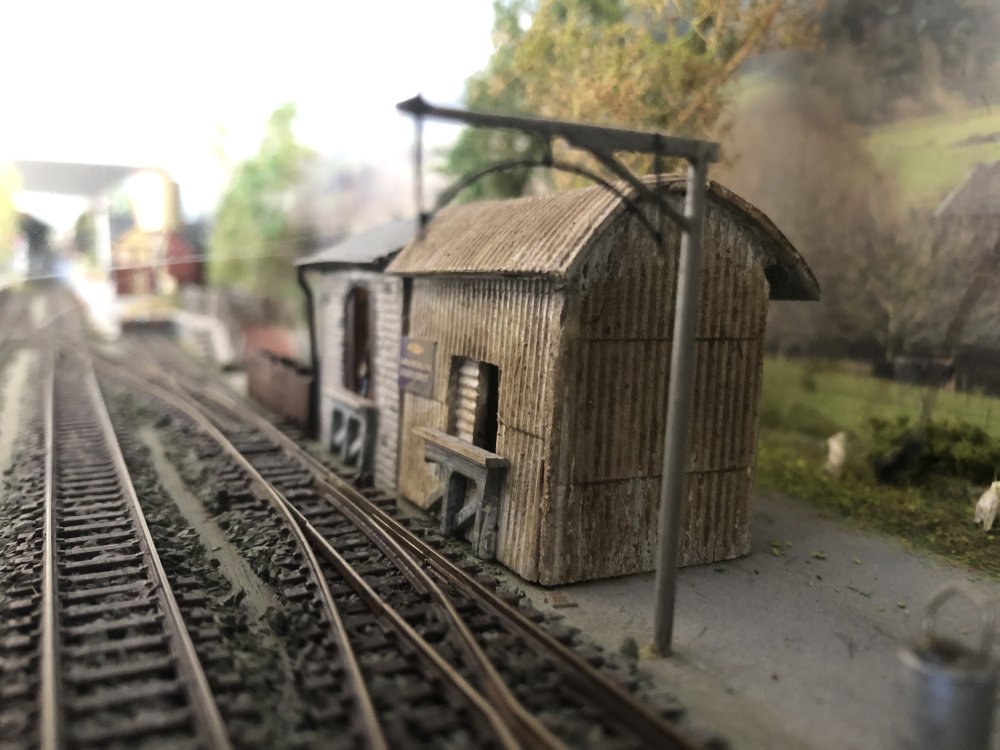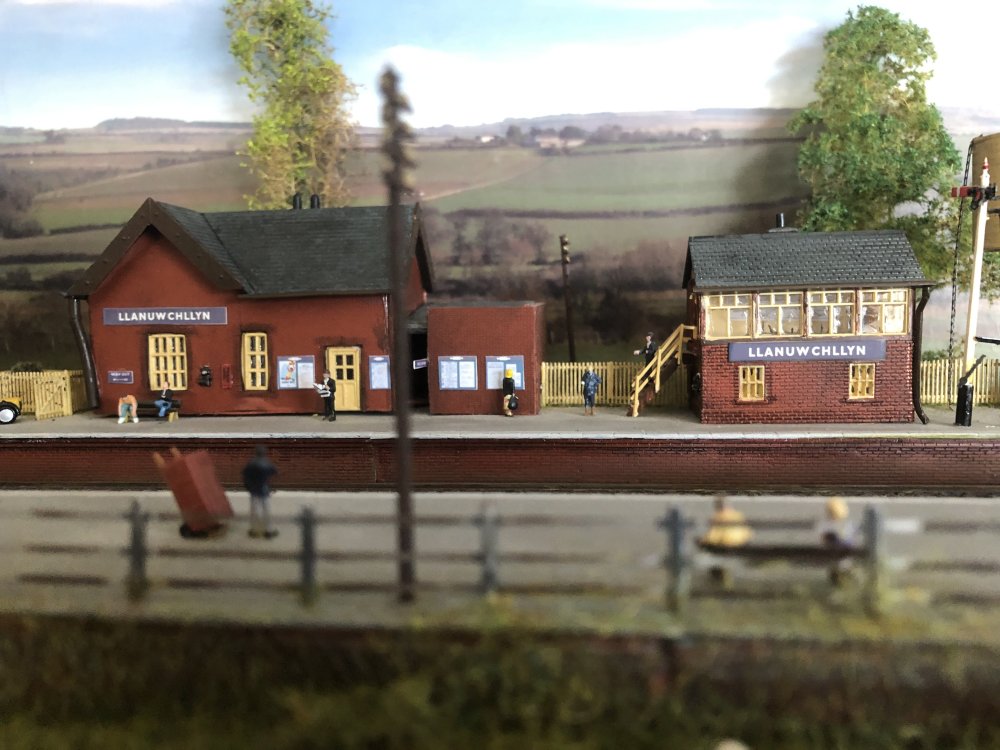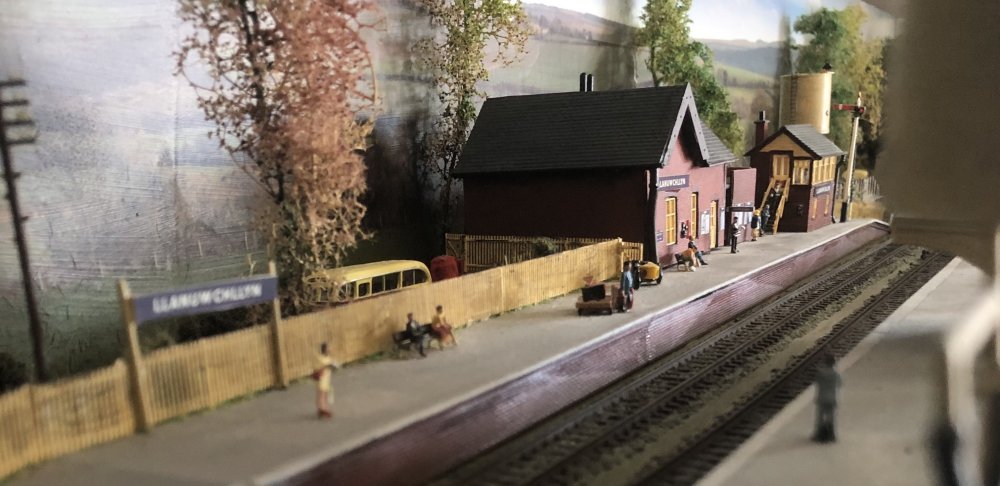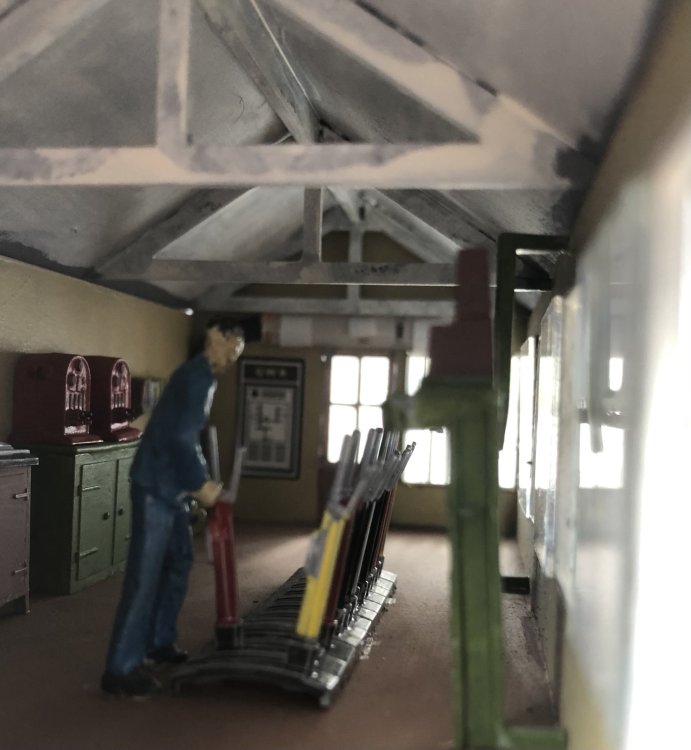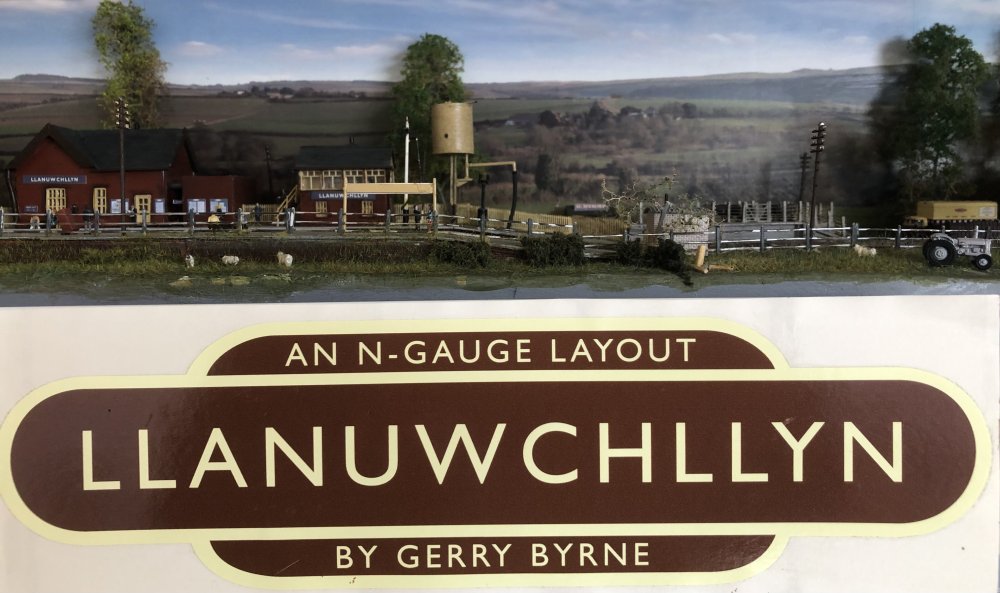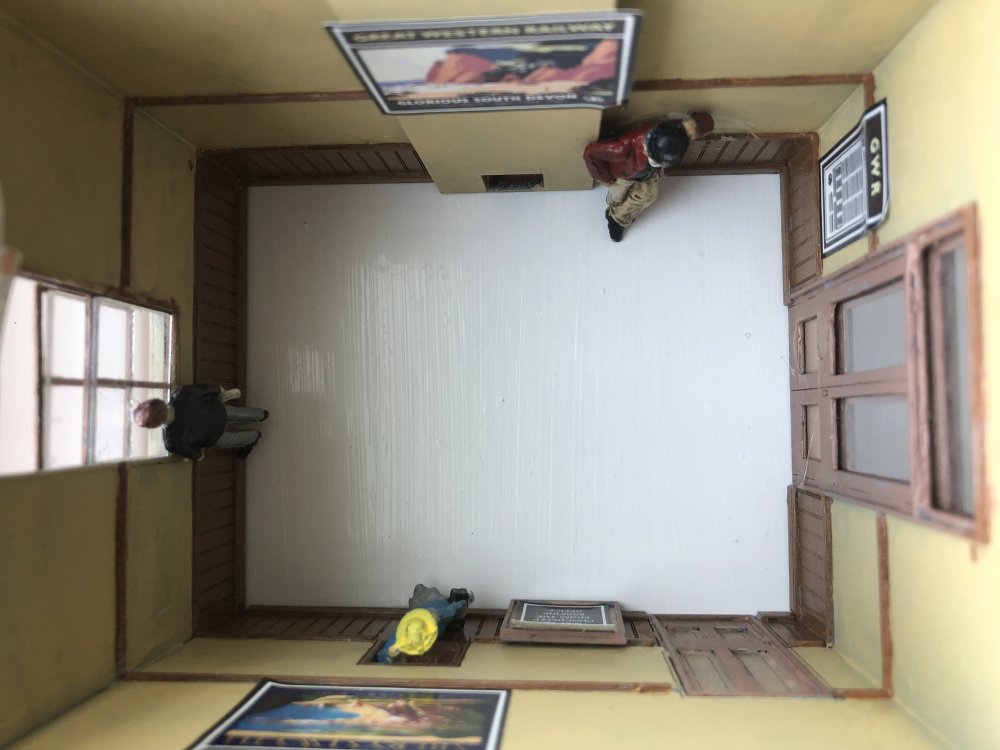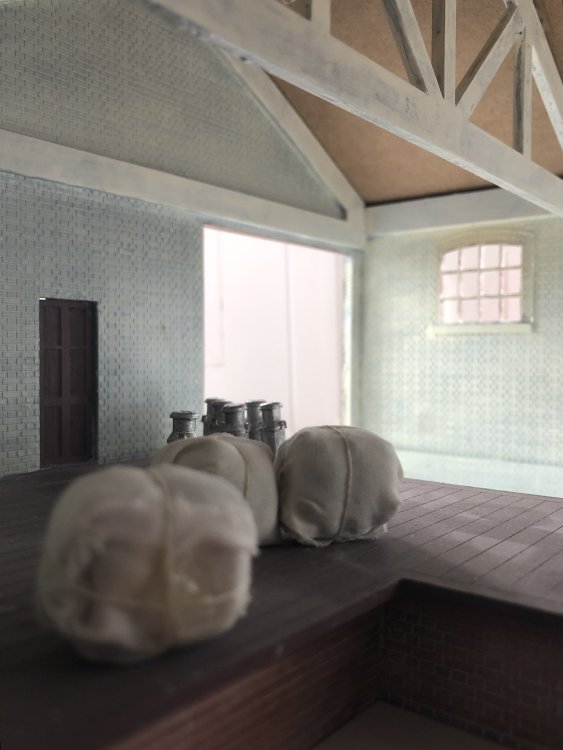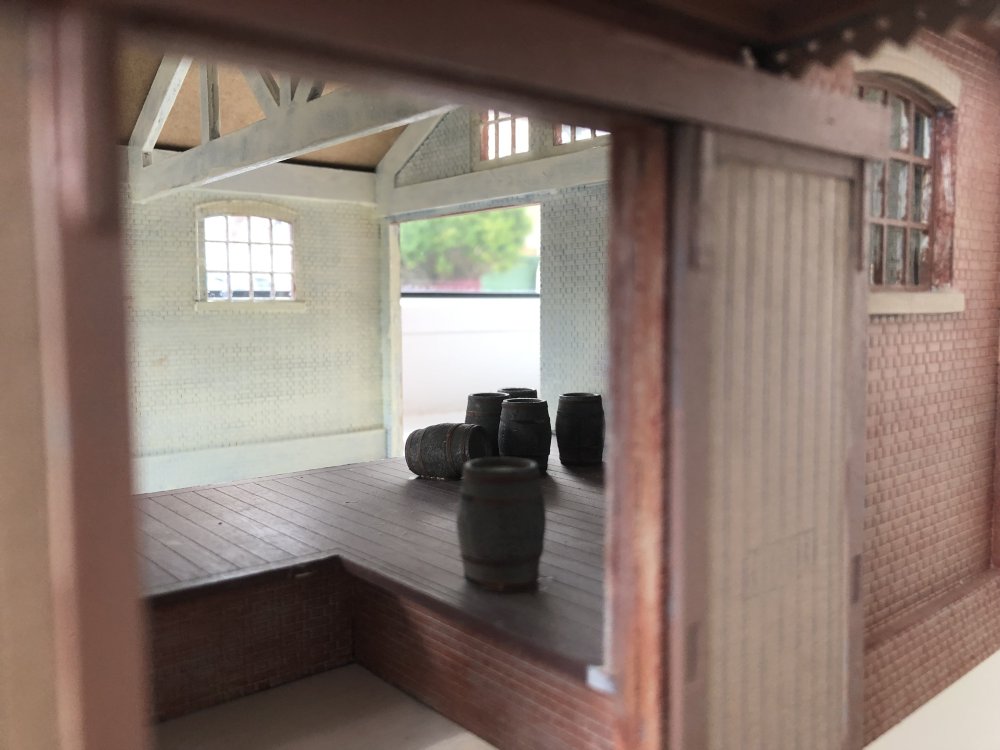-
Posts
15,862 -
Joined
-
Last visited
-
Days Won
393
Content Type
Profiles
Forums
Events
Gallery
Everything posted by jhb171achill
-
Murphy’s?
-
Party at your house, Westcorkrailway!
-
If I can eventually get Dugort Harbour to anything like that standard, I'll be very happy. What I like is to see just how much is going on among the scenery in the background. Those farming scenes are an absolute masterpiece, each one.
-
…………………………. Finally some rural scenes around both Macmine Junction and Rathmichael. Finally, I would very strongly encourage anyone living in the south-east to join this excellent club. Friendly reception, excellent clubhouse and excellent layouts too. Go see ’em at the next exhibition, details of which will be posted on IRM, I am sure.
- 16 replies
-
- 18
-

-

-

-
……………………… Next, we moved on to Macmine Junction where we saw the Wexford Mail, consisting of a Park Royal, a laminate, the inevitable tin van, an an elderly MGWR mail coach. The Woolwich in charge had failed due to a dodgy injector, and had been sent in disgrace to the Palace East branch platform, while a goods engine had been commandeered from Wexford to take it on to Rosslare. Just as well the Fishguard boat is an hour late tonight.
- 16 replies
-
- 10
-

-

-
————- Next, we hopped back across the Irish Sea and were lucky enough to get not one, but two, light engine movements in Ballybeg. It was August 1961. Quite a few lads in Ballybeg’s Railway Bar celebrating the local club’s win over Dugort Gaels in the club championships….. IMG_8229.mov
- 16 replies
-
- 12
-

-
Thanks to the excellent hospitality of Gerry and others today, while Barry Carse and I were in Wexford to do a book launch for “Rails Through Wexford”, I was fascinated to see the wide range of 0, 00 & N modelling bith in the club and also that if Irishrailwayman, of this group. I was struck in particular by the very high level of work in the scenery, which I’ve attempted to capture here. Absolutely outstanding stuff, gents; very many thanks again! First, we’re in Wales…..
- 16 replies
-
- 11
-

-

-
"Rails Through Wexford" Book Launch in Wexford Library
jhb171achill replied to Irishrailwayman's topic in What's On?
Very many thanks indeed to all who came today - especially to Irishrailwayman, the Wexford Model Railway Club, Eamonn Redmond and others who helped organise it and gave Barry and I such a great welcome. It was great to put faces to several names from this parish. Thanks also to Gerry for a tour of Wexford’s best layouts both at home and in the club. I will be posting some pictures under “layouts” of Ballybeg, Macmine, Rathmichael and Welsh-themed layouts. Truly excellent stuff, and I’m looking forward to seeing them in action at shows in the not too distant future.- 36 replies
-
- 1
-

-
- book launch
- rails through wexford
- (and 4 more)
-
"Rails Through Wexford" Book Launch in Wexford Library
jhb171achill replied to Irishrailwayman's topic in What's On?
About 10:30! See you rhen!- 36 replies
-
- book launch
- rails through wexford
- (and 4 more)
-
This thing was a purpose-built "Ballast Van", used only on PW trains and the like. Possibly used an old 6-wheeled chassis, as long-wheelbase four-wheelers simply didn't exist here. Unusually, it was painted bauxite brown - other PW stock, just like other non-passenger stock, was inevitably standard wagon grey. No such things as yellow machines until the 1960s - even the first automatied tampers and liners were grey. I have a notion that there was a second one of these vans, used for the same purpose, but not perhaps exactly the same. Will post details if ever I find them! This particular one, as you say, was used in West Cork after closure - but probably also the Newmarket and Kenmare branches when lifting was in progress too. As such, it is likely to have been based in Cork or possibly Tralee. That has to be the late Johnny O'Meara (with black cap) on the left in the coach!
-
"Rails Through Wexford" Book Launch in Wexford Library
jhb171achill replied to Irishrailwayman's topic in What's On?
Absolutely outstanding stuff! Can't wait to see it in the flesh.... I'm trying to persuade Barry to get more into modelling, though he does have a layout........!- 36 replies
-
- 1
-

-
- book launch
- rails through wexford
- (and 4 more)
-
Growlers at Goring and other Freight!
jhb171achill replied to leslie10646's topic in What's happening on the network?
Is it DC or DCC? -
"Rails Through Wexford" Book Launch in Wexford Library
jhb171achill replied to Irishrailwayman's topic in What's On?
Very many thanks, Wanderer!- 36 replies
-
- 1
-

-
- book launch
- rails through wexford
- (and 4 more)
-
mgwr preserved railway Connemara Railway project.
jhb171achill replied to ttc0169's topic in What's happening on the network?
Yes, this plan exists. There wasn't much there - after all, it's in the middle of nowhere - there was just the passing loop, which wasn't used much in latter days, and a siding to the goods shed. The cabin was demolished after the line closed. The replacement has a somewhat wide base, for some reason. The main station building lasted intact into the 1960s but was levelled then, and an unsightly shed put in its place. Due to disabled access issues, unfortunately it won't be possible to replicate this exactly, but the goods shed survives in original, if very derelict condition. It would be possible to restore that. At least the signal cabin is painted in a close colour to the latterly used GSR green and cream! (The MGWR had red and cream on stations, which must have looked nice with green locomotives and brown carriages....). -
"Rails Through Wexford" Book Launch in Wexford Library
jhb171achill replied to Irishrailwayman's topic in What's On?
It has, unfortunately. Rails through the West is now down to about a dozen copies, which we will have at the launch this Friday. Once they are gone, it will also be out of print. The publishers advise Barry and I that Tipperary and Wexford are both selling very briskly. We will have a special offer on them all this Friday, €20 each instead of €22. We will also have some of Rails to Achill (3rd edition) and Rails Through Connemara.- 36 replies
-
- 3
-

-

-
- book launch
- rails through wexford
- (and 4 more)
-
Think I'll order a steak hauled by an 800............
-
Certainly is. Another ridiculous dud. Sure dont you know that's the Jenn-you-wine Bombay, Calcutta & Enniskillen Railway?
-
That is OUTSTANDINGLY good!
-
Regarding livery, the one with the soldiers beside it will be carriage brown, as it has coach transfer shaded lettering. The one pictured on the SLNCR will be plain wagon grey as it has standard wagon lettering.
-
I doubt very much if the circular structure on the ground relates to a turntable - more likelky a base for a rotating defensive gun.
-
I believe it was some sort of short-lived tramway put there by the British Admiralty. I don't think there were any locomotives, let along passenger stock. Often thought it would make a great little tourist attraction, provided it could be very cheaply worked!
.png.c363cdf5c3fb7955cd92a55eb6dbbae0.png)


